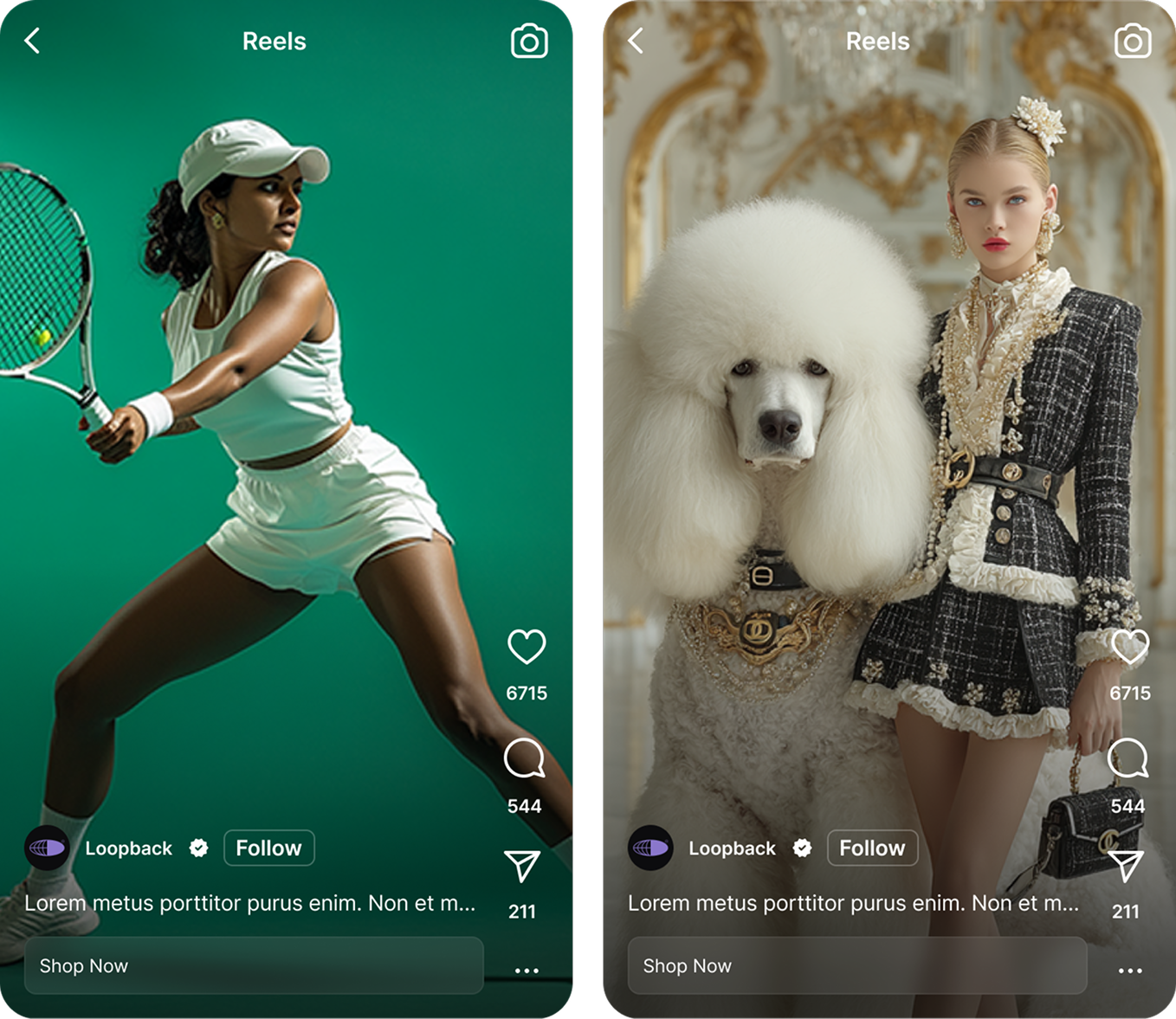How to Spot a High-Value Creator Before You Spend a Cent

How to Spot a High-Value Creator Before You Spend a Cent
If you want to protect ad budget and scale creator-driven growth, start by validating observable signals that predict outcomes rather than prestige. Engagement is the fastest proxy of audience integrity, and an engagement rate under 1% should make you pause [1]. Look for low proportions of suspicious or mass followers as a second filter [2]. Don’t anchor on follower counts — benchmark pay to business outcomes because headline fees for celebrities can be orders of magnitude higher than creator ROI warrants [3]. Lastly, prioritize creators who show clear visual craft and storytelling competency — these are consistent predictors of conversion in commerce experiments [4].
Start With Proof: The 10‑Minute Pre‑Spend Audit (Data‑Backed)
Fast checks you can run today
Run a short, repeatable audit before any fee changes hands. These checks separate signal from noise and take ten minutes per creator when you have a checklist.
Audience integrity: calculate a rolling three-post engagement average (likes + comments + saves divided by followers). Treat under 1% as a significant red flag; also estimate suspicious/mass follower share and aim for under 30%.
Content quality and trust: scan for consistent lighting, clean audio, on-brand framing, and captions that add context or next steps. Comments that reference outcomes ("I bought this and..." or "Where’s the link?") are better signals than vanity comments.
Commercial readiness: check link hygiene (do promo links work?), evidence of affiliate or commerce posts, and whether the creator has previously whitelisted ads or agreed to Partnership Ads. Test a soft ask: request permission to use a past clip in ads and note responsiveness.
Price sanity: ignore follower-count pricing rules. Instead, estimate expected CTR/CPA/ROAS from prior creator posts in the category and price pilots as outcome-focused experiments (blended fee + performance kicker where possible).
Evidence to reference when you need to justify filtering: nano influencers beat mega averages on engagement, suspicious-followers thresholds matter, and benchmarking pay to expected outcomes protects ROI rather than prestige.
Decode the Money Machine: Business Model Signals That Predict Staying Power
Monetization stack maturity
A high-value creator looks like a small media company: multiple revenue lines (subscriptions, courses, affiliates, merch, licensing) reduce dependence on platform algorithms and indicate pricing power. Ask for examples of repeatable product launches or evergreen funnels — creators who prove sell-through at premium prices have dynamic trust with their audience.
Growth systems and scalability
Look for repeatable formats (series, templates) and evidence of a team: editors, community leads, or producers. Creators with documented SOPs, content calendars, and delegated production scale faster and produce the volume ads need.
Financial professionalism
Ask practical questions: can they share a simple revenue split across channels (ads vs affiliates vs product) and their reinvestment logic? Creators who can talk cost structure and conservative paid-media assumptions make negotiation and pilots easier.
Tech and infrastructure
Check for analytics hygiene: UTM usage, affiliate dashboards, and even basic GA4 setups. Confirm pixels are present on landing pages and that creatives exist in variations — this is the technical readiness that turns creator content into scalable ad fuel.
When you need a real-world example of selecting creators that scale business outcomes, consider the Zelesta case study which prioritized local fit and business-ready creators to enter six markets and saw a material lift in ROAS. Use that lesson: prioritize creators whose monetization and systems strengthen rather than fragment your channel strategy.
Zelesta case study
 Learn more
Learn more
Audience–Market Fit: Do They Move the Right People in the Right Places?
What to verify
Overlap with your ICP matters more than scale. Validate demographic and psychographic alignment by sampling commenters, looking for purchase intent in threads, and cross-checking top-performing posts for category affinity.
Localization is often the difference between a test and a scalable channel. Confirm language nuance, platform preferences, and whether creators run localized variants of content for different markets.
Intent signals are the strongest pre-spend validators: do promo posts get higher CTRs or direct link requests in comments? If not, you’re buying reach, not buyers.
What to learn from a practical rollout: prioritize a small set of high-fit creators in a new region, validate with localized assets, then scale the winners. Zelesta used that same playbook—testing fit carefully before committing budgets across six European markets to lift ROAS and market penetration.
Trust You Can Feel (and Measure): Storytelling, Proof, and Community Signals
Qualitative indicators of trust
High-trust creators show lived experience or credible trials: long-form testimonial arcs, trials documented over time, and community shares. Look for stitches, duets, and re-shares that reference results — these indicate social proof density.
Two-way community matters. Creators who reply, host Q&A, and turn comments into follow-up content have a UGC flywheel that sustains performance beyond a single placement.
If you want to see how longitudinal storytelling converts, review the LYMA case study where midlife women documented 90-day experiences and that authenticity scaled with targeted Advantage+ amplification to deliver a reliable ROAS. The takeaway: favor creators who can orchestrate multi-step proof, not one-off shoutouts.
LYMA case study
 Learn more
Learn more
Performance Infrastructure: Can They Scale With Ads, Attribution, and Creative Volume?
What great looks like
High-value creators operate as creative factories: fast testing cadence, multiple hooks per concept, and ready-to-run creative variants. Demand a minimum testing cadence (for example, 3–5 variations per concept) so you can iterate quickly in paid media.
Measurement discipline is non-negotiable: unique promo codes, UTM-tagged links, and post-purchase surveys let you attribute sales to creator activity reliably. Without that discipline you’ll struggle to evaluate true ROI.
Amplification readiness: confirm whitelisting permissions, usage-rights language, and that creatives exist in ad-friendly aspect ratios. Creators contractually and technically ready to be amplified save time and budget during scale-up.
A practical proof point: Handyhuellen combined creator audiences with Partnership Ads and measurement discipline to lower CPA and save on creator costs, demonstrating how creator-ready infrastructure directly reduces acquisition cost and speeds optimization. See the Handyhuellen case study for an example of this effect.
Handyhuellen case study
 Learn more
Learn more
Smart Deals Without Risk: Pilot Designs, Pricing Logic, and Guardrails
Pilot structures that de‑risk
Design pilots that tie cost to outcomes. Start organic: run a creator’s post natively, measure signals (CTR, link clicks, comment intent), then green-light paid whitelisting for winners. Staggered go-lives reduce sunk fees.
Blended compensation (lower flat fee + performance kicker) aligns incentives. Alternatively, short-term licensing for top-performing UGC lets you pay only for content that proves ad performance.
Pricing sanity and risk controls
Match fee to test scope: estimate expected impressions from audience size, apply historical engagement to predict link clicks, then model CPA/ROAS to set a fair pilot fee. Reserve premium rates for creators who can deliver repeatable formats and creative volume.
Protect yourself contractually: narrow exclusivity by category, region, and term; require disclosure compliance; and define termination and make-good clauses tied to clear CTR/CPA/ROAS thresholds.
Field Guide: The Scorecard and Selected Case Studies
The high‑value creator scorecard (use pre‑spend)
Score each creator green/yellow/red on these attributes and only pilot with multiple greens, especially in audience integrity, content quality, and measurement readiness:
- Audience integrity: engagement health <30% suspicious followers
- Content quality: visuals, audio, captions, narrative craft
- Community trust: comment quality, testimonials, proof content
- ICP overlap: demographic/psychographic match and localization
- Monetization maturity: diversified revenue and owned audience
- Operations: team/process and content calendar discipline
- Measurement readiness: UTMs, unique codes, survey tags, pixels
- Amplification readiness: whitelisting permissions and usage rights
- Platform resilience: multi-platform presence and owned channels
- Deal hygiene: clean contracts, compliance, realistic pilot design
Score across these dimensions, then pilot only the creators with multiple green indicators. Use short, measurable pilots to convert green scores into scaleable ROAS data.
Selected case studies for this article
Zelesta — Zelesta's ROI‑Driven Influencer Marketing Expansion (used above as a fit example)
LYMA — LYMA's Authentic Menopause Stories Drive 6.8× ROAS (used above as a trust example)
Handyhuellen — Handyhuellen's Strategy for Lower CPA and Higher ROI (used above as a performance example)
Final takeaway: build a short, repeatable pre-spend audit, prioritize creators who look like small businesses with measurement hygiene, and structure pilots that pay for outcomes. Ready to put this into a short pilot? Start with a three-creator test, require UTMs and one licensed UGC asset per creator, and scale winners into whitelisted amplification.
Get started with The Cirqle today.
Give your team the power and speed they need to find the right partners and grow your brand.
%201.avif)






